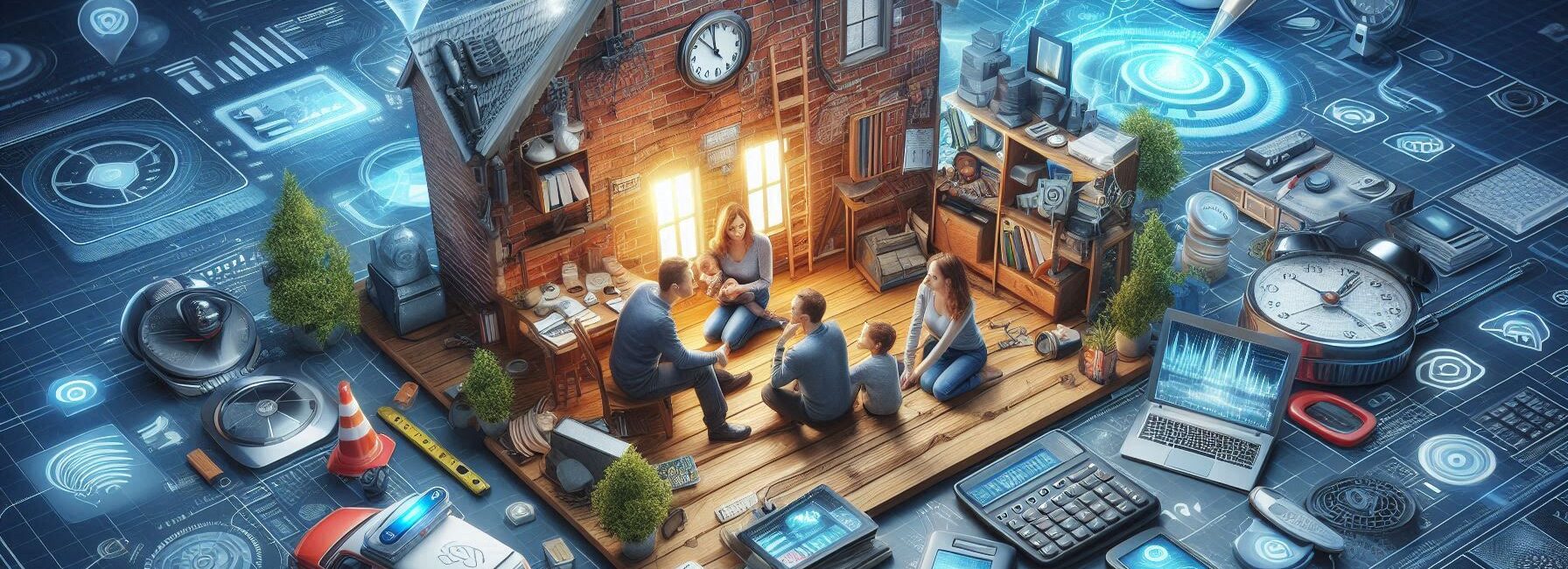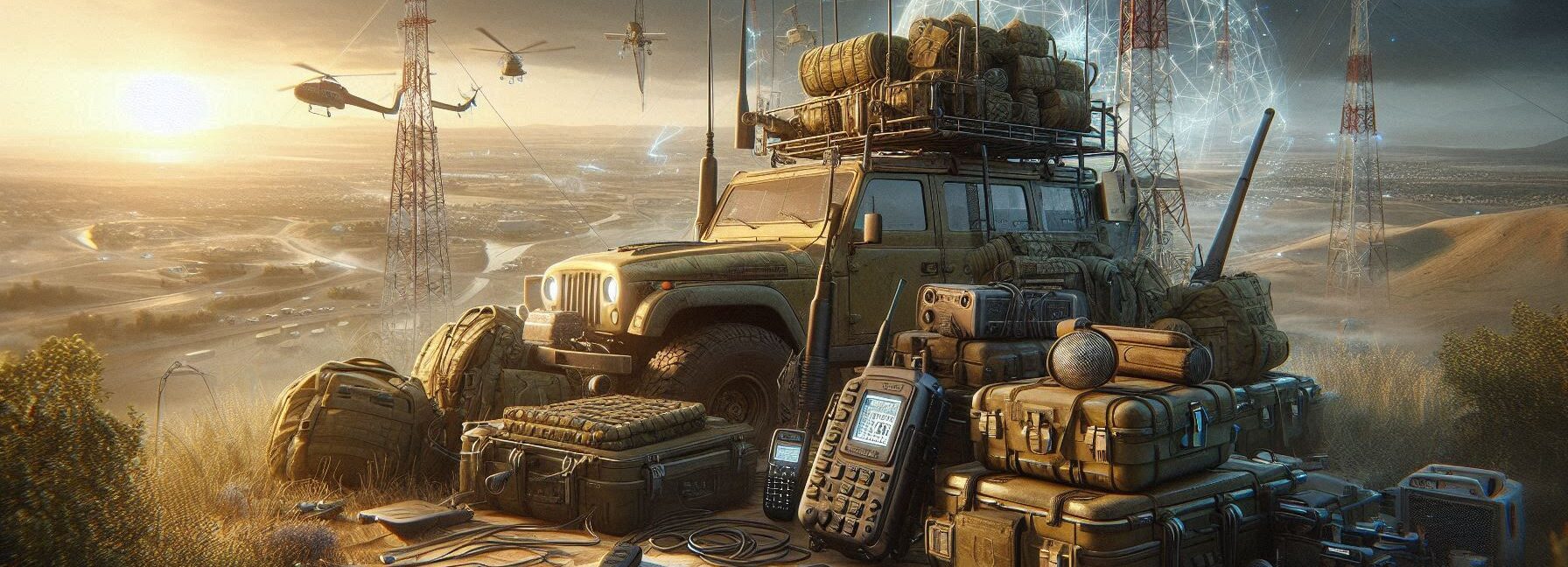Please Note: This post may contain affiliate links. If you click one of them, we may receive a commission at no extra cost to you. As an Amazon Associate, I earn from qualifying purchases.
Last Updated on November 1, 2025 by Kevin Collier
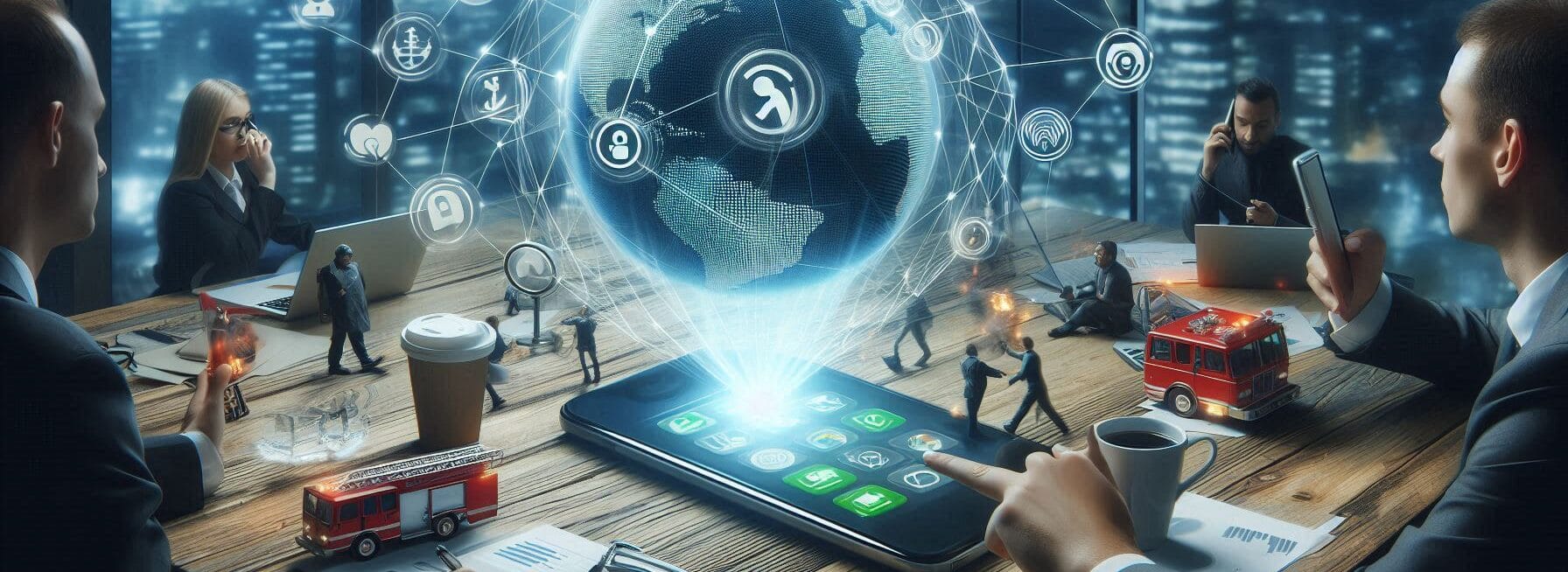
Top Takeaways and Key Concepts
- Establish a Clear Communication Chain: Designate primary and backup contacts for each family member.
- Utilize Multiple Communication Methods: Incorporate text messages, emails, and social media for diverse reach.
- Regularly Update Contact Information: Ensure all details are current and accessible to all members.
- Conduct Regular Drills: Practice emergency scenarios to ensure familiarity with the plan.
- Establish Designated Meeting Locations: Choose both local and out-of-area spots for reunification.
Imagine this: a huge storm is crashing outside. Thunderclaps shake the windows. You’re feeling all the nerves, wanting to reach your family. You grab your phone, but oh no! Everyone's busy trying to text their cat about how the world’s ending.
Total chaos, right?
That’s why having a solid emergency communication plan is super helpful. You need something that really works when everything feels upside down. If your plan doesn’t work in a crisis, it feels like it was written with invisible ink. You can’t see it, and it won’t help at all!
Think about it. Write down important numbers on paper. You know, like Grandma’s or that neighbor’s who always has an extra flashlight. It’s good to have a backup. If the phone lines are all busy or the battery dies, you won’t be left in the dark.
Talk to your family before the storm hits. Set up a meeting spot if you get separated. Maybe it’s under that big tree at the park or next to the swings. You’ll feel better knowing there’s a plan.
Group texts can get crazy, especially when the storm’s howling. People text too fast, and things get lost. Pick a few key people who can help keep everyone informed. Just like when you pass a note in class to the trusted friend.
Even sharing one main message helps. “I’m okay!” or “Meet at the pizza place!” Keep it simple. Because let’s be real, when chaos hits, no one has energy for a big chat.
Take a moment. Think all of this through. You don’t want to be out there texting about the end of the world and getting nowhere. Keep lines of communication clear and simple. You’ll be a lot more relaxed when you know what to do.
Planning ahead really is the way to go. It might save a lot of worry later on. You’ve got this!
*** Shop for Survival Gear - Tools - Kits ***
Survival Gear - Bags and Backpacks - Knives - Boots/Footwear - Communication
Outdoor Cooking - Gloves - Hydration - Dry Boxes - Water Filtration Systems
Tents - Sleeping Bags - First Aid Kits - Multi-Tools - Flashlights - Fire Starters
Navigation - Survival Food - Night Vision - Headlamps - Stun Guns - Binoculars
Understanding Your Audience
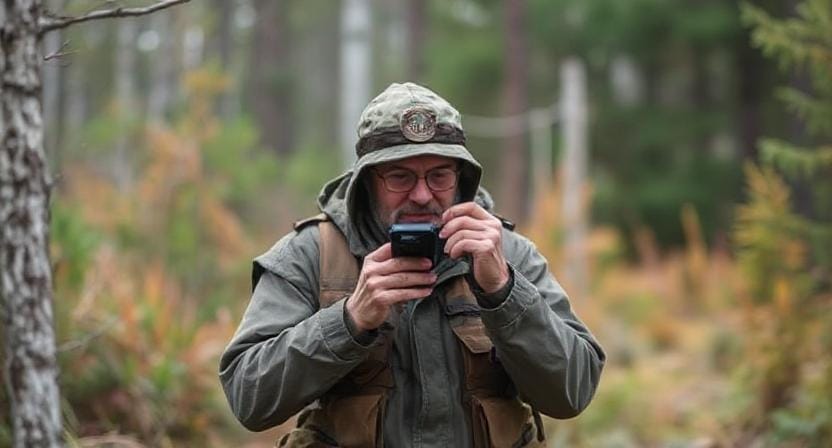
The first step in establishing an emergency communication strategy is to know who will utilize it. If you know your kids exclusively eat gummy bears, you wouldn't pack solely granola bars for a camping trip.
1. Family Dynamics: Who are you talking to? Is it just you and your partner, or do you have kids who think “emergency” means it's time for a snack? When it comes to getting information, everyone has various needs. Kids may need more visual cues, such pictures of dinosaurs, while adults can read simple phrases.
2. Tech Savviness: Let's see, does Grandma still use a 1998 flip phone? If so, sending her texts about the end of the world might not work! Knowing how comfortable each family member is with technology might help you choose the best ways to talk to them.
3. Language Barriers: Also think about whether someone in your group speaks a different language or has trouble hearing. Someone should never be confused by an emergency notice, like when they just found out why cats knock stuff off tables.
Picking Ways to Talk

Now that we know who we're talking to, let's talk about how to talk to people when things are crazy outside your door.
1. Texting vs. Voice Calls: Texting is excellent since it's fast and no one has to pick up the phone (which can be awkward in an emergency). But phone calls let you have more complicated talks, and you get to hear someone say “I'm fine” instead of reading “F9.”
2. Group Chats: It's easier to share information in a group chat on a messaging app than it is to explain why there are no marshmallows left for s'mores after a bonfire! Before calamity occurs, make sure everyone knows how to get to them.
3. Walkie-talkies are seriously underappreciated! When cell towers go down and Wi-Fi evaporates faster than appetizers at a party, walkie-talkies can keep families in touch over short distances without needing any connection at all!
Setting up Roles And Duties
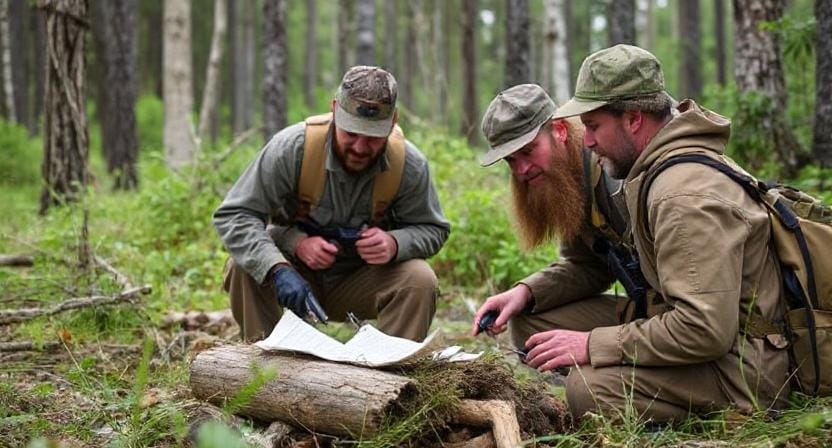
Every decent plan needs some structure, just like every camping trip needs someone to gather firewood (and not simply sit around and stare).
1. Choose Communicators: Figure out who will be in charge of sending signals during an emergency. Depending on where you are or who is available at the moment, this could be one person or multiple family members.
2. Make lists: Who doesn't love lists? They're like treasure maps, but not nearly as fun! Make easy lists of what each individual needs to do in case of an emergency, including checking in with others or getting supplies.
3. Practice Makes Perfect: I know this sounds boring, like tying knots over and over again, but going through different circumstances can help everyone feel more sure of their duties when real-life problems come along!
Putting Your Plan to the Test
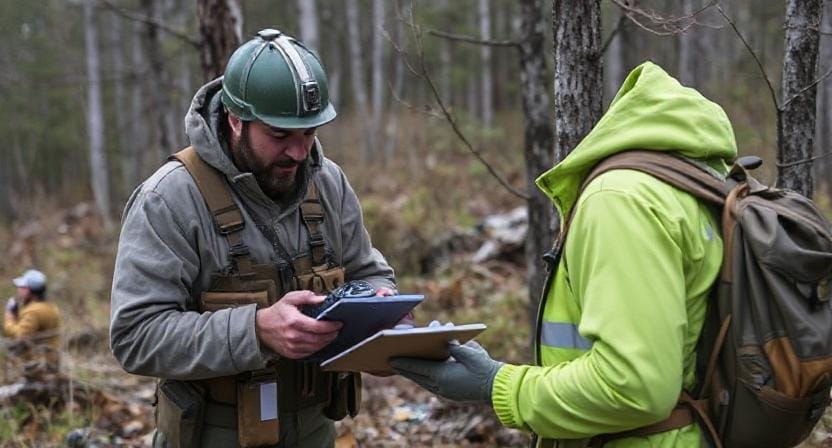
A strategy that hasn't been tried out yet is about as useful as bringing ice cream on a camping trip without forks. It looks good, but it won't get you very far!
1. Do drills: Set up regular drills where everyone practices reaching out in different ways, such texting Uncle Bob as Grandma uses her flip phone. This should become second nature!
2. Look at what worked and what didn't: After each exercise or real event (if possible), ask everyone who took part what they thought worked well and what didn't. You may think of this as talking about what happened after the campfire, but without the ghost stories.
3. Make changes as needed: Based on what you learn from assessments, change your plans so that they work better for everyone involved going forward. This will help avoid confusion later on!
Keeping Everyone Up to Date
Keeping people updated during a crisis lowers worry levels a lot. Trust me, no one wants to panic more when they're already worried about whether they packed enough snacks to last.
1. Regular Updates: Decide how often updates should happen (every hour? Every few hours, depending on how bad things are; knowing when they will hear back provides individuals peace of mind even when they don't know what's going on.
2. Visual Aids and Signals: Putting up signs around designated meeting areas makes sure that no one gets confused seeking for their loved ones in the middle of the frenzy. These signs could be anything from colored flags waving high above heads to comical drawings showing where safe zones are.
3. Lots of backup plans! We want things to go precisely according to plan, but life gets in the way! Always have backup plans in case your main ones don't work. For example, you might set up meeting places ahead of time where family members can meet up if they can't talk to one other.
Frequently Asked Questions
Why is a communication chain important in emergencies?
It reduces confusion by designating who delivers information, ensuring messages are consistent and not scattered.
Should we use more than one communication method?
Yes, using multiple channels like text, email, and social media increases the chance messages get through when one method fails.
How often should contact information be updated?
Update phone numbers, emails, and addresses at least a few times per year or whenever someone changes devices or providers.
Why do we need emergency drills?
Practice builds familiarity, which reduces panic and improves reaction time during real emergencies.
Do meeting locations really help if phones fail?
Designated meeting spots provide a reliable fallback when communication networks go down or messages cannot be delivered.
Who should be part of the communication chain?
Choose dependable individuals who can send updates clearly, quickly, and consistently for the rest of the group.
Can older devices or low-tech tools still be useful?
Yes, paper contact lists, printed maps, and even walkie-talkies are valuable when digital networks fail.
Resources For Further Reading:
Emergency Communication Planning Guide
https://www.ready.gov/communication-plan
How to Prepare for Emergencies
https://www.redcross.org/get-help/how-to-prepare-for-emergencies.html
Creating Family Emergency Plans
https://www.fema.gov/media-library-data/1539733678726-5c0f5b0e7c4fa94f89aeb00d42c4d46b/Family_Emergency_Plan.pdf

Kevin Collier is a seasoned survivalist and expert in prepping and homesteading, contributing to WiseSurvive.com. With a deep-rooted passion for self-sufficiency and outdoor survival skills, Kevin shares practical advice, strategies, and resources to help individuals prepare for any challenge. His informative articles cover a range of topics, from essential survival techniques to sustainable living practices, empowering readers to thrive in any situation. Whether you're a novice or a seasoned prepper, Kevin's insights will inspire you to take charge of your readiness and build resilience for the future.

